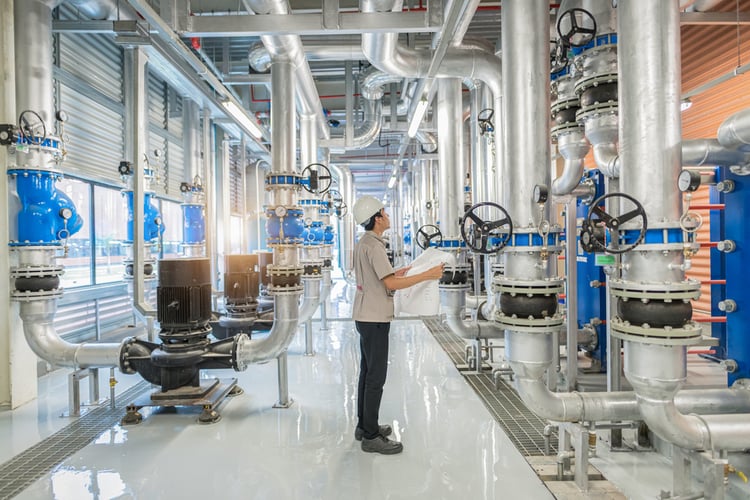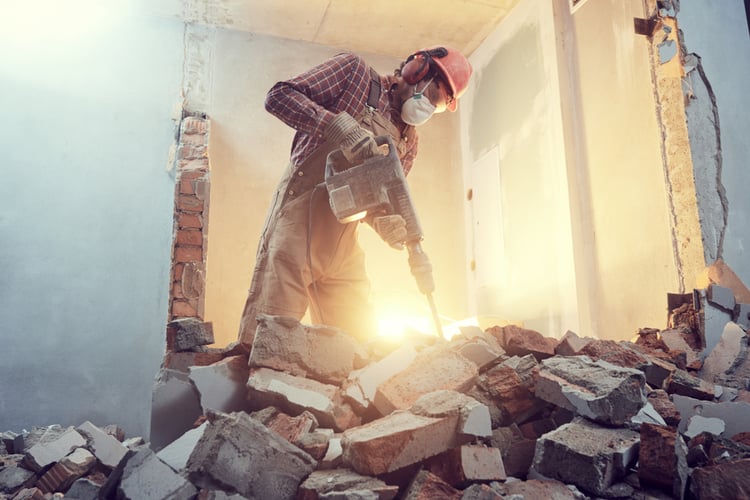According to the International Energy Agency , buildings consume more than 33% of the world's energy, while releasing 40% of CO2 emissions, directly or indirectly. Building owners can reduce their operating costs by saving energy while reducing their environmental footprint. There are many ways to save energy in buildings, and the best options vary depending on the property.
The recommended starting point is an energy audit, to identify the most promising measures. Otherwise, you could end up spending on modifications that won't be useful in your building. Commissioning services are also recommended, as it may be possible to save energy with simple adjustments and minor repairs.
Get an energy audit and professional commissioning services and reduce your energy and gas bills.
An energy audit will reveal a list of measures for your building, each with a technical and financial analysis, so you can choose the ideal combination. You might also consider a deep energy retrofit, which involves a larger investment to make your building as efficient as possible.
1) Get an energy audit

Each building is unique, which means that an energy efficiency measure can have very different results when used across multiple buildings. A trial and error approach is not effective when trying to save energy, as there are many possible measures to choose from. The best strategy is to first carry out an energy audit and focus on energy efficiency measures with a guaranteed return on investment.
During an energy audit, consulting engineers will carry out a detailed inspection of your building's systems while reviewing its technical specifications. This provides a clear picture of how your building is consuming energy and how it compares to similar properties. Energy efficiency measures can then be proposed and their potential savings can be simulated and analyzed with energy modeling software.
One of the main benefits of an energy audit is getting unique recommendations for your building. You may have noticed that many equipment suppliers quote their typical savings, but actual results may vary – only an energy audit provides the accuracy needed for investment decisions.
2) Getting power commissioning services

The energy consumption of buildings depends on many factors and it is often possible to improve energy efficiency by correcting small problems. In a nutshell, commissioning consists of verifying that all building systems function as designed, which includes tasks such as the following:
- Checking and readjusting equipment controls.
- Inspection and calibration of sensors.
- Balance ventilation systems.
- Balance of hydronic systems.
- Minor modifications and repairs.
The term “recommissioning” is used when the service is carried out in a building that has already been commissioned previously. On the other hand, “retro-commissioning” is used when a building has never been commissioned, or has not been commissioned for a long time. It is also possible to achieve continuous commissioning with sensors and data analysis, called monitoring-based commissioning.
The commissioning requirements for New York buildings are covered by the New York Energy Conservation Code. The procedure is mandatory for new construction that meets the conditions described in the code.
3) Implementation of energy efficiency measures

A professional energy audit will provide you with a list of energy efficiency measures for your building. This way, you can focus on the measures with the greatest savings per dollar invested. As mentioned above, each building is unique and different measurements will have different results. However, some measures tend to be effective in most buildings, and here are some examples:
- Upgrading to LED lighting and adding smart controls
- Upgrading pump and fan motors and adding variable frequency drives (VFD)
- Measures that focus on the efficiency of space heating and air conditioning
- Improve insulation and air sealing of the building envelope
When energy efficiency measures are selected properly, your long-term savings are far greater than your initial costs. However, the opposite also applies, and poor selection of measures can result in small savings and a long payback period.
4) Carrying out a Deep Energy Retrofit

Many energy efficiency measures can be installed relatively quickly, with only minor changes to the building itself. However, greater savings are possible if you are willing to invest in a deep energy retrofit, which involves major modifications to the building and its systems.
Due to the extent of the modifications, a deep energy retrofit can be compared to a major renovation. However, it can normally reach energy values greater than 50%. For example, while a typical energy efficiency project may only involve air sealing and additional insulation, a deep energy retrofit can completely replace the building envelope.
A major energy upgrade can be expensive, but building owners can take out low-interest loans to pay for the project over time with savings. For example, C-PACE Loans have a term of up to 30 years and are repaid through property tax assessments. As of 2021, U.S. interest rates are generally low, providing an opportunity to invest in major building upgrades.

